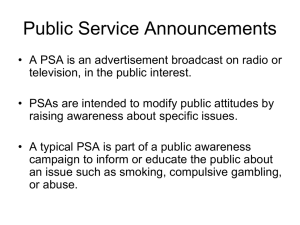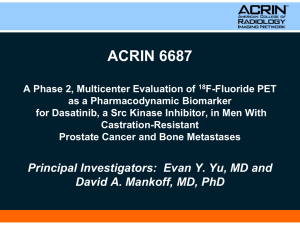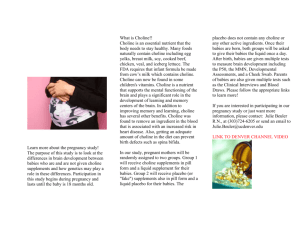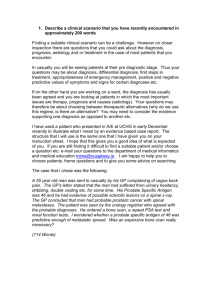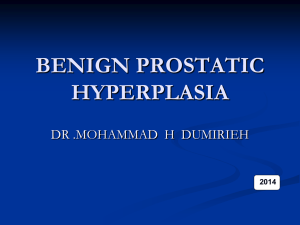questions
advertisement
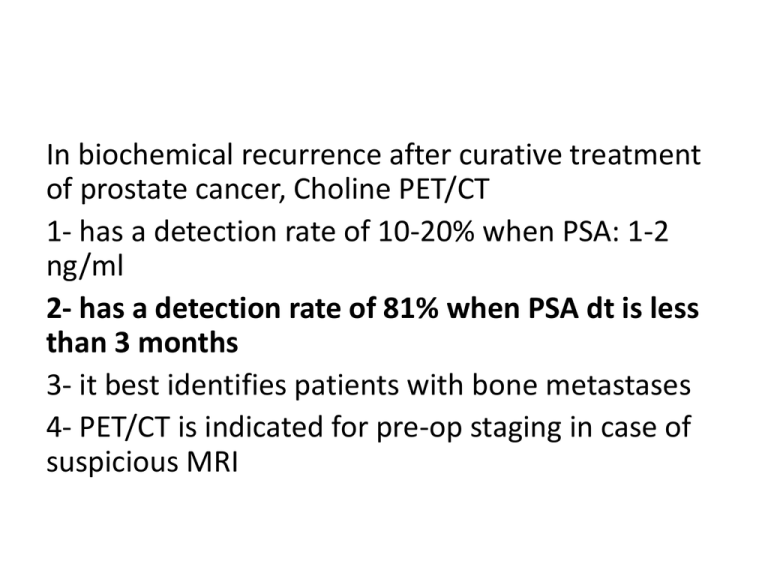
In biochemical recurrence after curative treatment of prostate cancer, Choline PET/CT 1- has a detection rate of 10-20% when PSA: 1-2 ng/ml 2- has a detection rate of 81% when PSA dt is less than 3 months 3- it best identifies patients with bone metastases 4- PET/CT is indicated for pre-op staging in case of suspicious MRI • 2-A negative Choline PET/CT • is not sufficient to rule out the indication for lymph-adenectomy • a-true • b-false • A 67 year old man has a T2b prostate cancer Gleason score 8, PSA: 8.7ng/ml. mpMRI shows extracapsular extension on the right , no enlarged lymph nodes 1- a bone scan is necessary 2- bone scan is more accurate for osteoclastic lesions 3- mp MRI of the prostate can detect all bone metastases 4- DW total body MRI is more sensitive than bone scan to R/O bone metastases • The use of choline PET/CT for preoperative LN staging: 1- is indicated 2- high sensitivity but poor specificity 3- should be limited to patients with very high risk for LN positive status according to nomograms 4- has a low positive predicted value PET choline for detection of LN and distant recurrence in PC patients with biochemical recurrence 1- Significantly high detection rate with PSA <1 ng/ml 2- The Trigger PSA value is = or > 5g/ml 3- No relationship between detection rate and PSA kinetics 4- A crucial role as first diagnostic procedure in patients who demonstrate a fast growing PSA kinetics and low Trigger PSA choline PET/CT 1- could play a crucial role as first diagnostic procedure in PC patients 2- It is not recommended for initial diagnosis and staging as a first-line method 3- PSA dt could not be considered as an independent predictor of positive choline PET/CT 4- 18f choline PET/CT is not accurate to detect distant recurrence Dynamic Contrast Study 1. Based on density of tumor cells 2. Early enhancement of tumoral tissue in T2weighted MRI 3. Delayed wash out of contrast agent are seen in prostate cancer 4. Early enhancement of tumoral tissue in T1 weighted MRI Diffusion Weighted Imaging 1. Works based on angiogenesis 2. Water molecules movement increases in a high cellular environment 3. Sensitivity and specificity of DWI when added to T2-Weighted MRI for detecting prostate cancer is about 84% and 87% respectively 4. DW-MR imaging alone shows high sensitivity in cancer recurrence detection after radiotherapy MR Spectroscopy 1. Combination of choline and fluorocholine is measured in MRS 2. Citrate accumulates in the T zone 3. Citrate is higher in malignant prostatic tissue 4. A higher ratio of Cho+Cr/Ci (more than 0.75 ) is in favor of high risk of malignancy Regarding the use of Multiparametric MR imaging select the wrong answer • Detection and local staging of prostate cancer • Follow-up of patients after radical prostatectomy or radiation therapy • Detection of skeletal metastasis • Targeting biopsies in patients suspicious of prostate cancer



![ACCURACY OF [11C] CHOLINE POSITRON EMISSION](http://s3.studylib.net/store/data/006910188_1-178035aba028502f62a71ecfd059e7d4-300x300.png)



